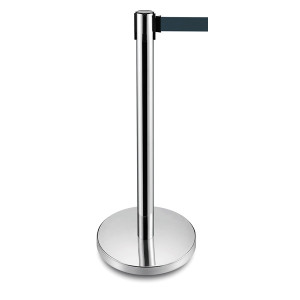As the organiser of an event you will need to ensure the safety of crowds. Whilst certain elements of crowd control may be subcontracted to stewards etc. you will still retain the overall responsibility for the safety of the pupil as organiser.
It is important to get crowd control right the first time, and this will involve planning and investing in effective crowd control barrier.
Things you should be aware of when planning crowd control
- Pushing and crushing between people
- Crushing against fixed structures such as barriers or fences
- Trampling underfoot
- Sudden swaying, surging or rushing
- The possible collapse of structures which could pose a danger to passing crowds
- Places where crowd movements are inhibited by people queuing at bars or for rides etc.
A risk assessment should always be complete prior to an event. This will help the organiser decide what the safest ways to control the crowd are, and what the best approach is in terms of using barriers, bollards, stewards and other personnel.
Advantages of using barriers to assist in crowd management
- They can help manage and influence the behaviour of the crowd
- Help to line routes and pathways, and form orderly queues
- They can prevent access to restricted areas
- Prevent overcrowding
- Can be used to effectively cordon offer hazards
When planning for the event some thought and consideration should be put into the layout of barriers, for instance, deciding what the safest and most direct route is for the crowd to take. Also, when creating queues for crowds you will need to consider how wide you make the area to queue and how you can quickly extend the queue if more people turn up than planned for.
Finally, you will have to choose which type of barrier will be most appropriate for your event, you can choose from belt barriers, rope barriers, road barriers etc. When making this choice make sure you notice the weight load on the barrier so that it can withstand the wind or crowd pressure.
Read more online from HSE about effective crowd management and the use of barriers.
